Continuity but a few tweaks for Tour de San Luis in 2016
Route unveiled for the 10th edition of the early-season Argentinian race
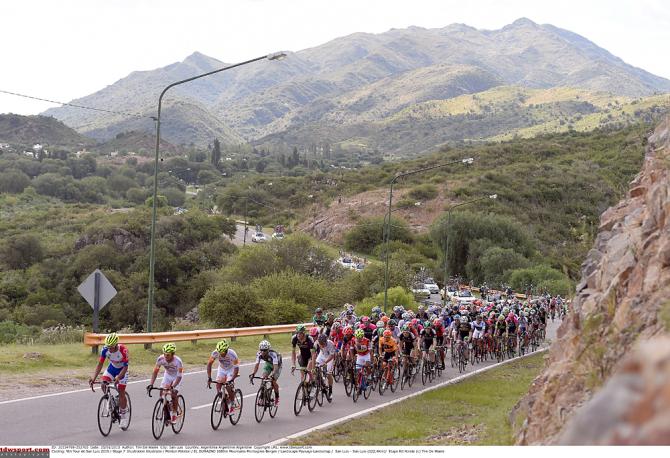
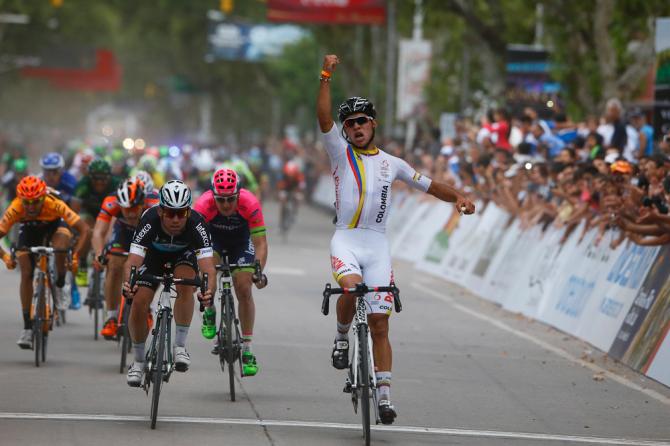
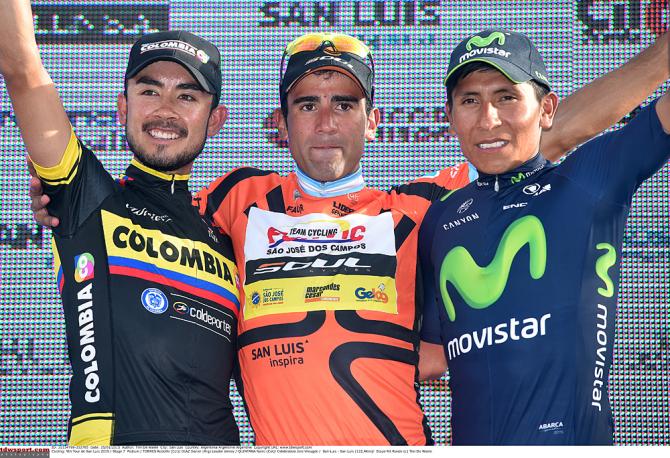
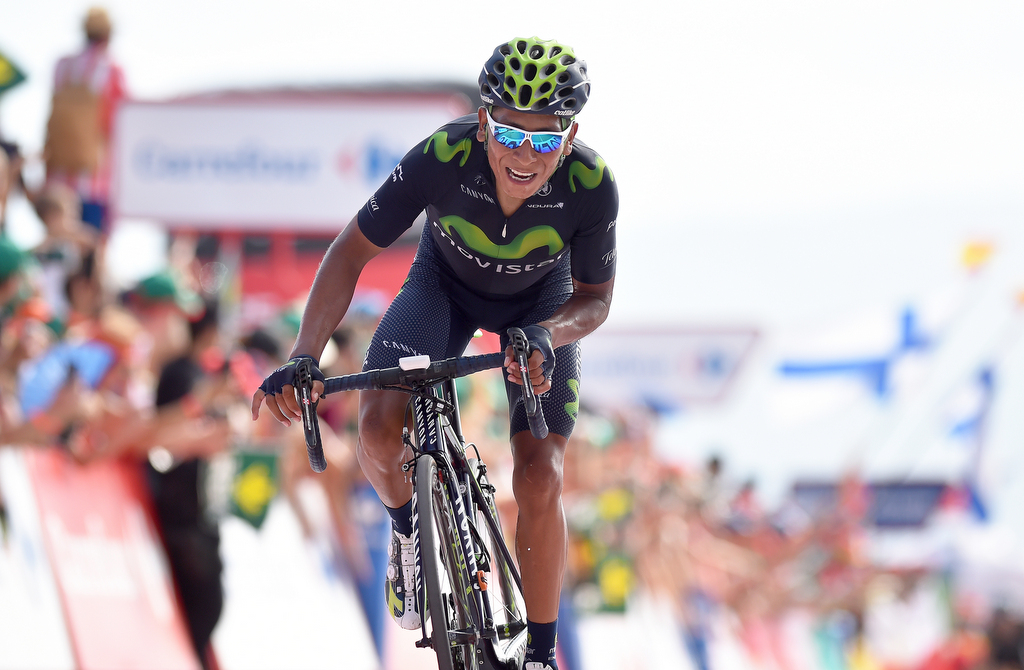
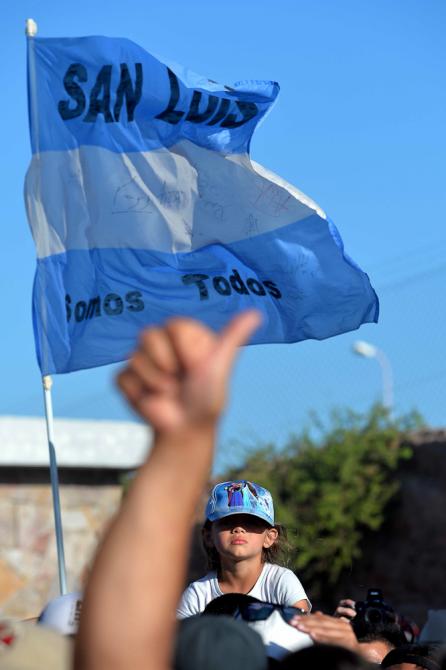
As it prepares for its 10th edition, the Tour de San Luis has been starting to position itself not merely as the biggest race in Latin America, but as the biggest race in America as a whole.
At the presentation of the 2016 edition in Argentina on Tuesday, San Luis governor Claudio Poggi emphasised ‘continuity’ as a key concept behind the race’s steady growth in importance on the cycling calendar and its increasing ability to attract the big names of the international peloton. Nairo Quintana will once again return to the race as the star attraction, and the route bears some familiar hallmarks, but there have been a few tweaks to the make-up of the seven stages, running between January 18-24 next year.
For the first time in its history there will be a team time trial, which kicks off the race on the opening day with a relatively flat 21km out-and-back test in El Durazno.
Then comes the traditional outing from San Luis to Villa Mercedes, which has featured in every edition of the race and almost always as the first road stage. After an early third-category climb, it’s largely downhill in advance of what should be a bunch kick and is where Fernando Gaviria burst onto the scene by outsprinting Mark Cavendish earlier this year year.
Gaviria also got the better of Cavendish in Juana Koslay, and that same finish, with its slightly uphill drag to the line, will once again make an appearance next year on stage 5. There are three outright opportunities for the sprinters, with the last coming on the short final-day stage starting and finishing in the city of San Luis. Cavendish and Gaviria are on the same team at Eitxx-QuickStep now but there is a chance they'll go head to head once more, with the Manxman's future at the Belgian squad far from certain.
Stage 3 offers a delicately poised parcours, punctuated by a second-category climb just over 10km from the finish line in La Punta. It’s an ideal launchpad for a late attack and, whether we see a stage-winning escape move or a reduced bunch sprint, it’s sure to be fast and furious on the way up and then on the way down to the line.
Whereas this year there were three mountain stages, next time there are just two, which will mean less occasion for Quintana and the other climbers to strut their stuff. Both summit finishes, however, will be familiar, having featured this year.
Get The Leadout Newsletter
The latest race content, interviews, features, reviews and expert buying guides, direct to your inbox!
The first-category Alto del Amago comes at the end of a largely flat 140km stage 4 and is directly preceded by a small third-category pimple. It’s an explosive effort of about 9km, which plateaus slightly ahead of the line, and is where Dani Diaz stamped his authority on the overall this year.
The queen stage comes on day six and again starts out in fairly benign fashion before cramming the climbing into the back end of the 159.5km route. A short third-category ascent is followed by two first-cats which are basically tacked onto each other and might as well be considered one long 13km climb. In previous years the race had stopped at the top of the first – the Mirador del Sol – but after the spectacle of last year it will once again venture up to the Filo Sierras Comechingones, with fierce gradients and switchbacks aplenty in the closing kilometres.